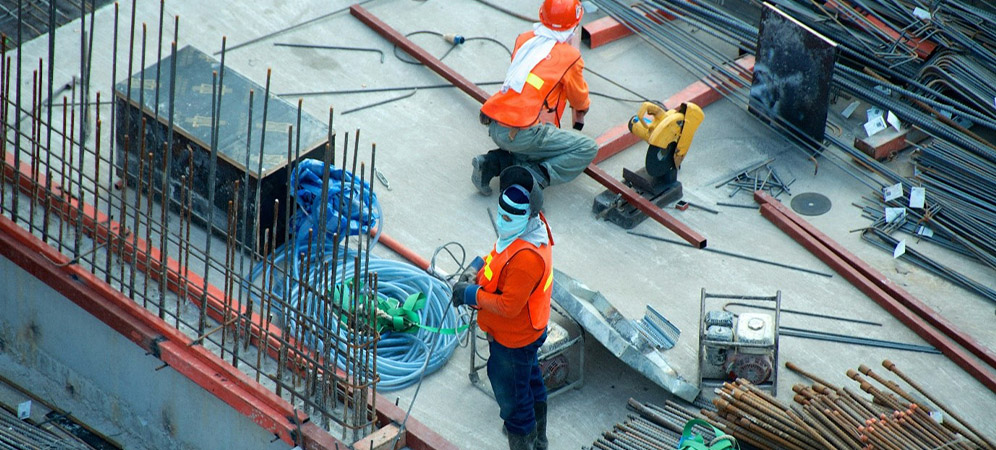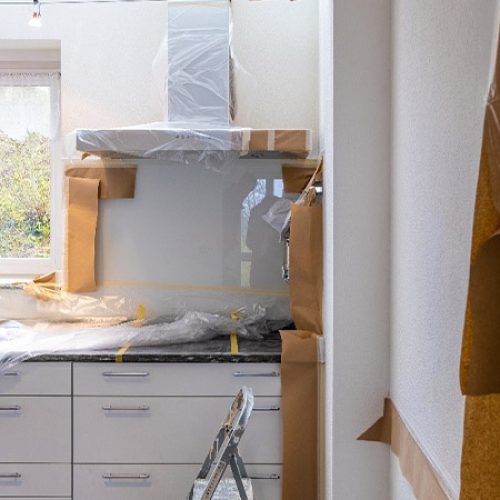The build-to-rent sector (BTR) is set for a strong year ahead, with Australia’s surging population growth likely to drive increased demand for both rental properties and student accommodation.
In 2023, the build-to-rent and purpose-built student accommodation industry recorded its best year yet, according to MSCI. Commercial residential deal activity increased 77% to just under $3 billion in total last year, with the BTR sector seeing over $2.2 billion in transaction volumes.
Head of Real Assets Research for the Pacific region at MSCI, Ben Martin-Henry, said BTR was a “bright spot” in a year that was challenging for many commercial asset classes.
“We’re starting to see more and more projects come out of the ground after being in development for a number of years,” Mr Martin-Henry said. “Given the population growth that we have had, there should be no shortage of people taking up this space, so it should continue to boom.”
BTR has benefitted from a number of government changes, including the withholding tax rate for managed investment trusts being cut, due to come into effect in July 2024. The changed capital works tax deduction depreciation rate has also assisted the sector.
Martin-Henry said 2023 saw some asset classes (like office buildings) experience value downgrades and slowing transaction volumes – but that might start to present opportunities for developers.
“The first quarter might be quite a big quarter and if it’s not, then we’re in for another slow year,” he said. “Last year, we had the big issue where the gap between what buyers were willing to pay and what sellers were willing to accept was so large, it was one of the largest gaps globally, so there was simply no movement.
“So, with valuations moving, which I suspect they have done, you will start to see sellers having to adjust their pricing if they want to dispose of some of these assets and that will start to spur the market.”
Mr Martin-Henry said higher interest rates are slowing the market down, but that could start to change in 2024. “Everything is taking a little bit longer to get across the line at the moment because of cost of debt issues and general uncertainty,” he said.






